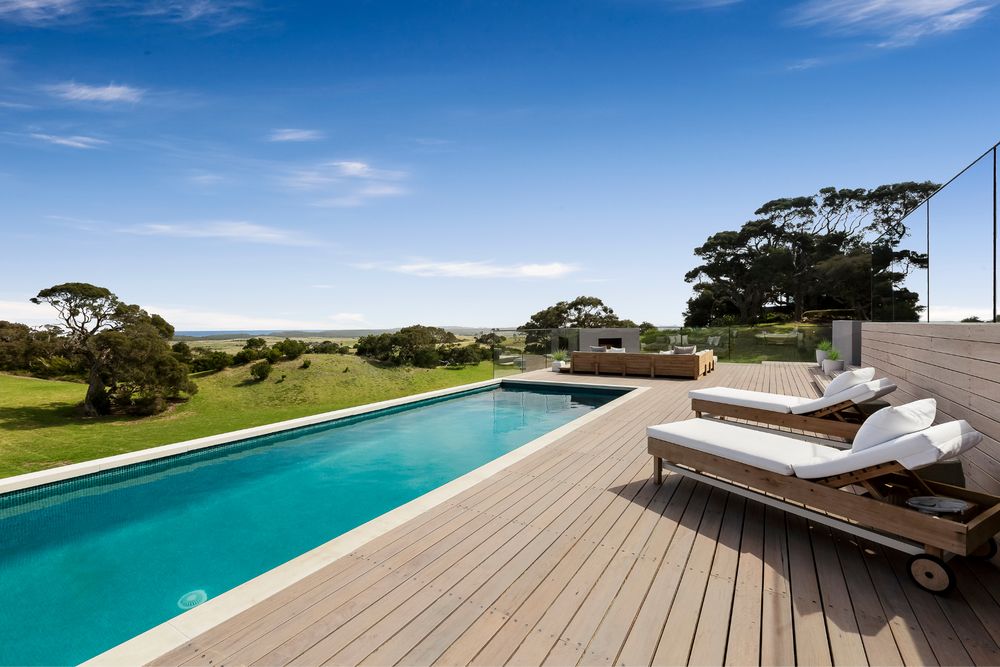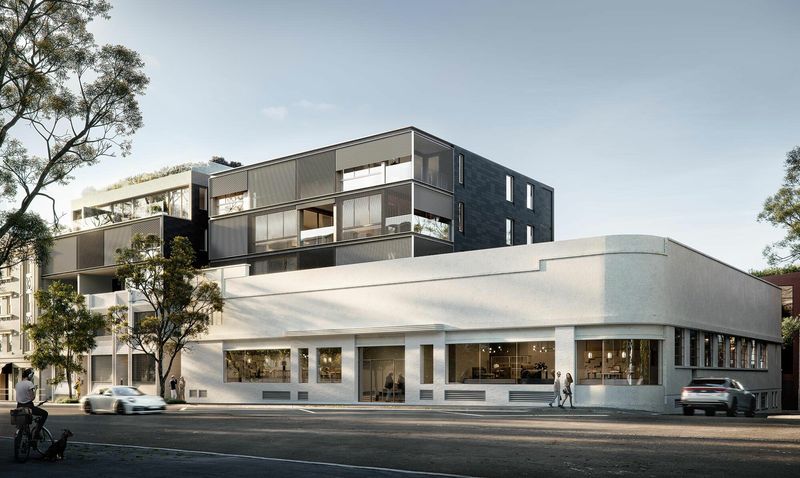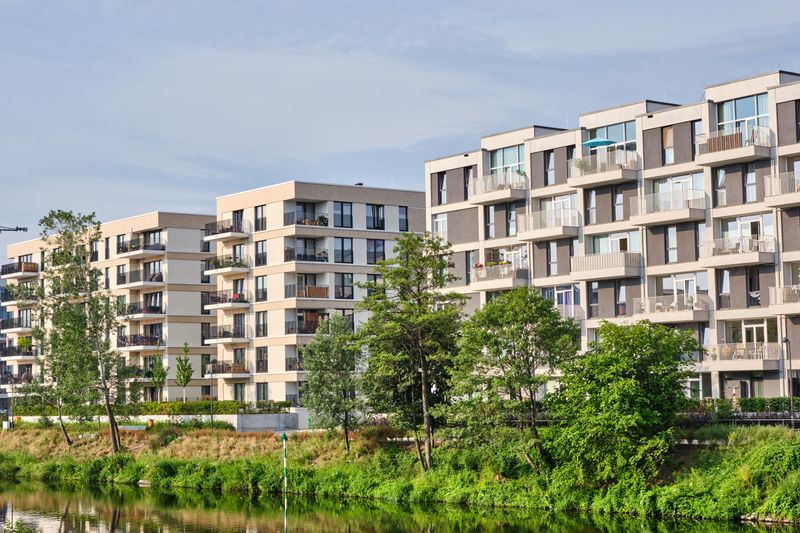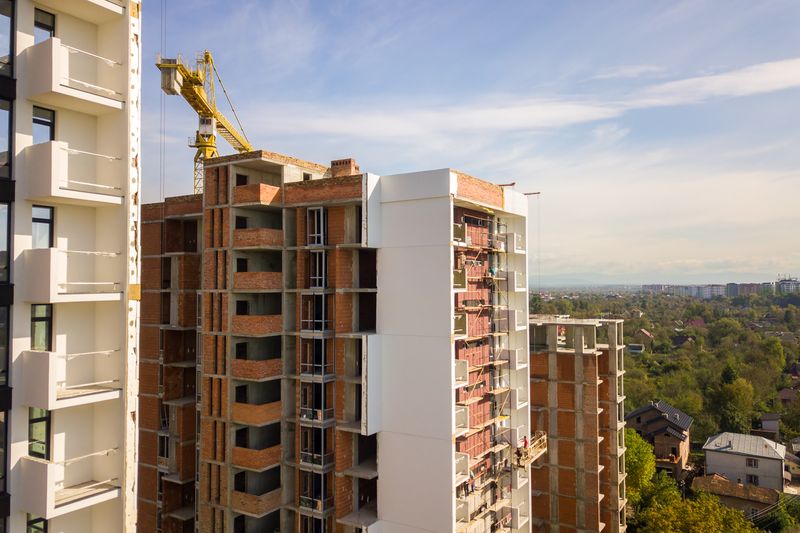Property yield and return explained.
Apr 2022

When thinking about purchasing an investment property there are lots of factors to consider, not least of which is how such an investment could improve your financial position.
The main way potential investors assess if an investment is sound is by calculating property yield and return. In this blog, our agents explain these terms, their importance and how they should be used to make profitable choices.
Yield vs. return
Yield looks to the future and is used by investors to measure a property’s potential income – i.e., how much rent the property can generate each year. A high rental yield, expressed as a percentage, equals a greater cash flow.
Return refers to past performance and is used by investors to determine what gain or loss has been made over a specified period. If you sell an asset for more than you paid for it, that is a capital gain/growth. If you sell it for less, that is a capital loss.
Yield = income via rent
Return = profit (or loss) at sale
Rental yield
Rental yield is classified as gross or net. Gross rental yield is the income on an investment before expenses are deducted, and is calculated as follows:
- the sum of total annual rent earned
- divided by the value of the property
- multiplied by 100
Gross yield example:
$500 (weekly rent) x 52 weeks = $26,000 (annual rent)
$26,000 ÷ $650,000 (property value) = 0.04
0.04 x 100 = 4% gross yield
Net rental yield is a property’s income after expenses, e.g., stamp duty, pest and building inspections, legal and management fees, advertising, vacancy costs, repairs and maintenance costs, insurance, rates, and charges.
- the sum of total annual rent earned
- subtract annual costs
- divided by the value of the property
- multiplied by 100
Net yield example:
$500 (weekly rent) x 52 weeks = $26,000 (annual rent)
$26,000 - $5,000 (annual costs) = $21,000
$21,000 ÷ $650,000 (property value) x 100 = 0.32
0.32 x 100 = 3.2% net yield
What is a good rental yield?
A good rental yield depends on where you buy. In Australia, metropolitan area gross rental yields typically range between 3-5 per cent, whereas regional area gross rental yields can be 5 per cent and above.
Rental yields are considered high above 8 per cent. In most cases, a property with a rental yield above 8 per cent is likely to be undervalued – an investor’s dream.
A property with a rental yield of 2 per cent or lower is likely to be overvalued.
These numbers are good to keep in mind when comparing investment opportunities. If you hear a real estate agent mention yield figures, be sure to ask for clarification as to whether they are referring to gross or net yield, as gross is typically significantly higher and not necessarily a good representation of realistic profit.
When investing, it's a good idea to focus on properties with low expenses. For obvious reasons, a low maintenance property will increase the chances of a high rental yield.
Return
A property with a high rental yield may be good for cash flow, but it does not necessarily indicate that a good return on investment – aka capital gain/capital growth – is achievable.
While it is possible to have both strong capital growth and a high rental yield, it is rare. This is because when property prices go up, rental yields tend to be lower, as rental income often becomes a smaller percentage of a property’s value when the market soars. For example, an inner-city apartment and a suburban house may achieve similar rental incomes; however, the latter is likely to increase much more in value over the long term and deliver a higher capital gain.
To achieve capital gain/growth, an investor must either secure a property for less than market value, make significant improvements before sale, or hold onto the property for a period of time across which the market significantly improves.
Capital growth is measured by the difference between the current market value of an investment and its purchase price.
What is a good return?
As a general rule of thumb, based on the current market, strong capital growth is around 6.5 per cent and 7.5 per cent annually - this factors in inflation plus 4 per cent to 5 per cent.
To achieve this kind of return, investors should focus their attention on areas where demand is more significant than supply and where there is good infrastructure such as schools, services and transport for example.
It is also important to note that all capital gains are taxed – and should be considered in all investment and selling decisions.
Which is a better investment strategy: yield or return?
When looking for an investment property, more often than not, buyers are faced with a choice between yield and return.
Strong rental yield is all about generating positive cash flows during the course of the investment and helps protect the investor from interest rate shock. Yield is typically considered a less risky investment strategy, but the overall return is likely to be significantly less.
Strong capital growth is all about generating long-term profit. However, as the strategy relies on what happens when the property is sold, investors typically run at a loss, with negative cash flow.
Both strategies provide different financial rewards and risks. Ultimately, like with any major financial decision, it is essential to assess your needs and objectives and carry out your financial due diligence before deciding which approach to adopt.
Learn more about the buying process and view our premium properties for sale in lifestyle locations here.
Similar insights

Will your off-the-plan property hold its value?

What happens if your off-the-plan apartment faces construction delays?

Understanding strata and community living in apartment building.

Ensuring the final product matches off-the-plan renderings.

Making your new apartment feel like home.
